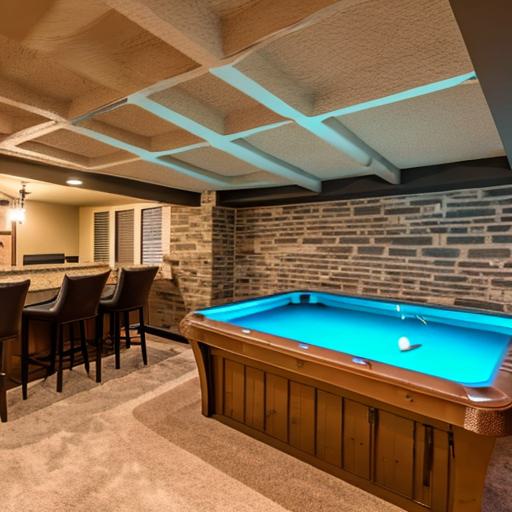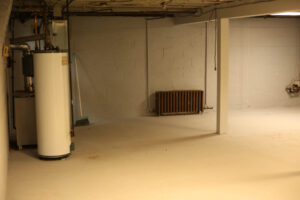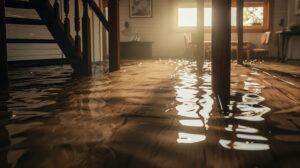French drains are a highly effective drainage system designed to alleviate water accumulation and prevent damage caused by excess moisture. These ingenious systems, often employed in residential and commercial settings, provide a reliable and efficient solution to combat water-related problems. By utilizing a combination of perforated pipes and gravel-filled trenches, French drains divert water away from the desired area, effectively channeling it towards a designated drainage point. They are a time-tested solution for managing water flow and maintaining the integrity of various landscapes and structures. In this article, we will be discussing the effectiveness of French drains by looking at their mechanism and how it prevents water damage.
The mechanism behind a French drain
A French drain uses the force of gravity to move water through a dug trench filled with rock and gravel. First, water will seep into the ground from a variety of sources such as rainwater, melting snow, and groundwater. Since the trench is dug in a low-lying area sloping away from a home’s foundation, water will naturally flow downhill toward the discharge point. The rock and gravel inside the trench create a pathway for the water to flow through. In the process, it filters out dirt and debris before it reaches a perforated pipe at the center which carries the water to a drainage area far away from the house. The discharge point could be a sump pump, a storm sewer, or any other drainage system of your choice. It is often positioned in a low-lying area where water can be easily removed.

French drains can protect your home from water damage
How French drains prevent water damage
- Flooding
French drains can be used to prevent flooding which causes water to pool in your yard or around the house. These drains consist of a trench with gravel and perforated pipes that help divert excess water away from structures and other vulnerable areas. First, the area that is prone to flooding needs to be carefully assessed to determine the optimal location for the drain. This could be along a sloping landscape, near a building foundation, or in low-lying areas. The trench will be excavated in a slight downward slope before laying down a layer of coarse gravel at the bottom of the trench. A perforated pipe is placed at the center to allow water to travel through the gravel and flow away from the area, reducing the risk of flooding.
- Foundation problems
French drains play a crucial role in preventing foundation problems by effectively managing water and moisture around a building’s foundation. Any water pooling around a house or building can weaken the foundation and leak inside the basement causing property damage. When installed properly, French drains act as a barrier against water accumulation and redirect it away from the foundation. The perforated pipes within the drain system allow water to enter, while the surrounding gravel and geotextile fabric filter out sediment and prevent clogging. As water infiltrates the drain, it is carried away from the foundation, effectively reducing the moisture content in the surrounding soil.
- Soil Erosion
French drains are an effective solution for preventing soil erosion. When heavy rainfall or excessive water accumulation occurs, the drain intercepts the water before it has a chance to erode the surrounding soil. The gravel and geotextile fabric within the drain act as filters, allowing water to enter while preventing sediment and soil particles from clogging the system. As the water enters the drain, it is redirected away from the area, preventing erosion by reducing the force of water flow. By effectively managing water and controlling its flow, French drains safeguard against the loss of valuable topsoil, preserving the stability and fertility of the land.
- Water leakages in the basement
A French drain collects and channels water towards a designated drainage area, ensuring that it doesn’t accumulate near the foundation walls. By intercepting and diverting water, French drains mitigate hydrostatic pressure, reducing the risk of water infiltrating into the basement. This preventive measure helps to maintain a dry and secure environment, protecting the basement from potential water damage and associated problems like mold and structural deterioration. When installed around the perimeter of a basement, they act as a barrier against water seepage.
French drains have proven to be highly effective in managing water drainage issues. Their design allows for efficient water flow, preventing the accumulation of excess moisture in yards, basements, or other areas prone to waterlogging. By redirecting and dispersing water away from structures, French drains effectively safeguard against potential damage caused by water infiltration, such as foundation problems or mold growth. Therefore, French drains are considered a reliable solution for maintaining dry and stable environments.



